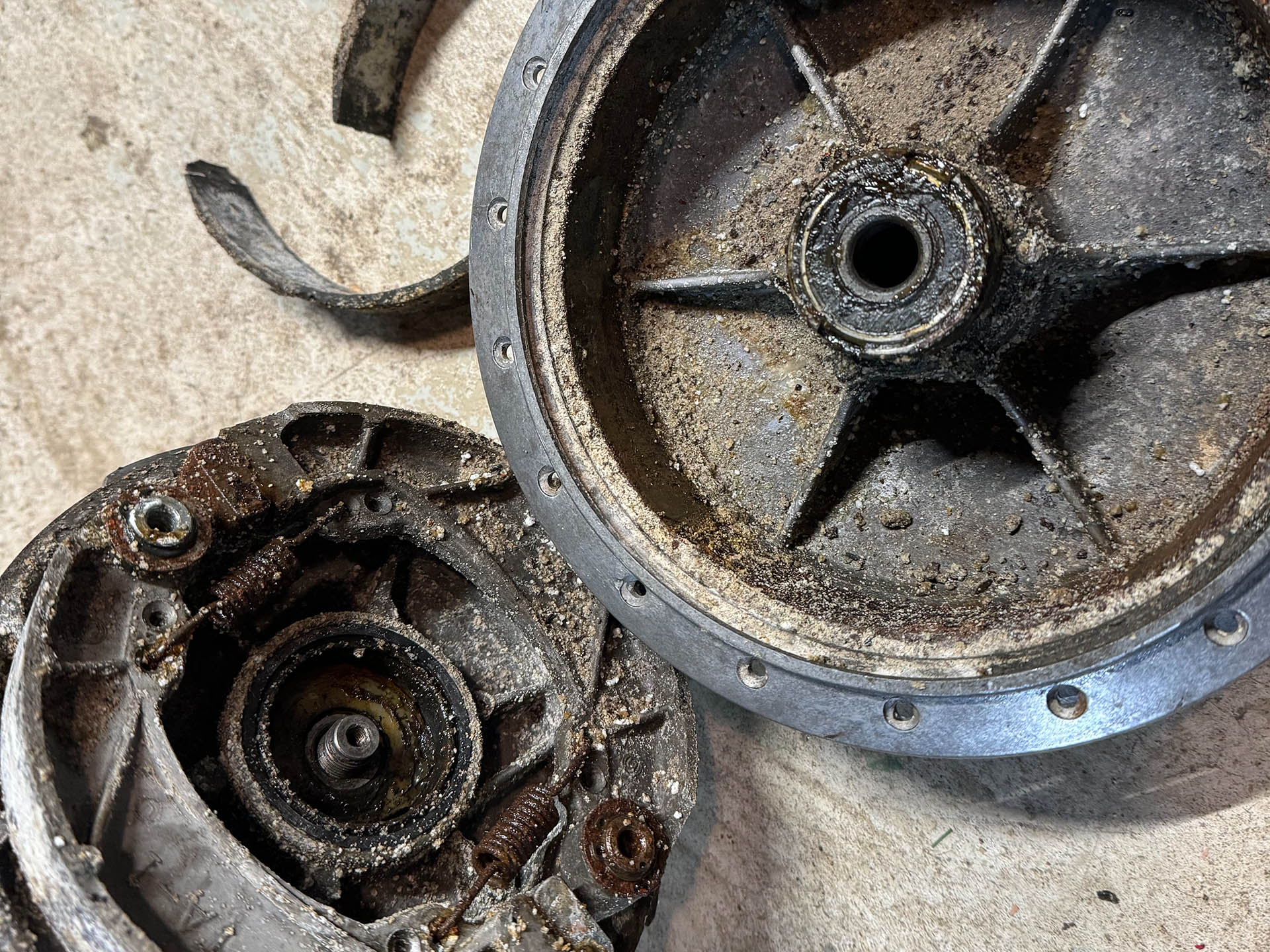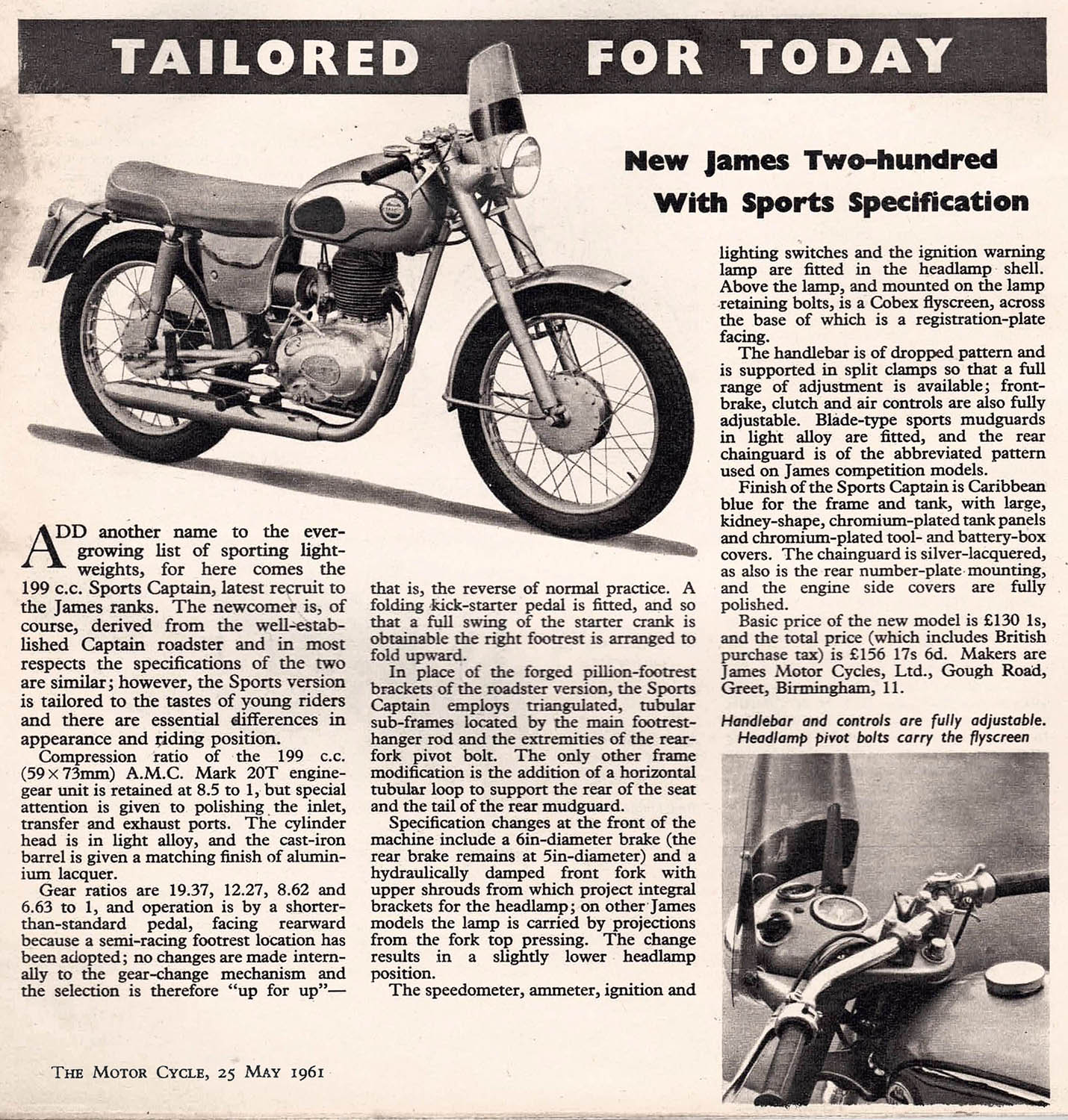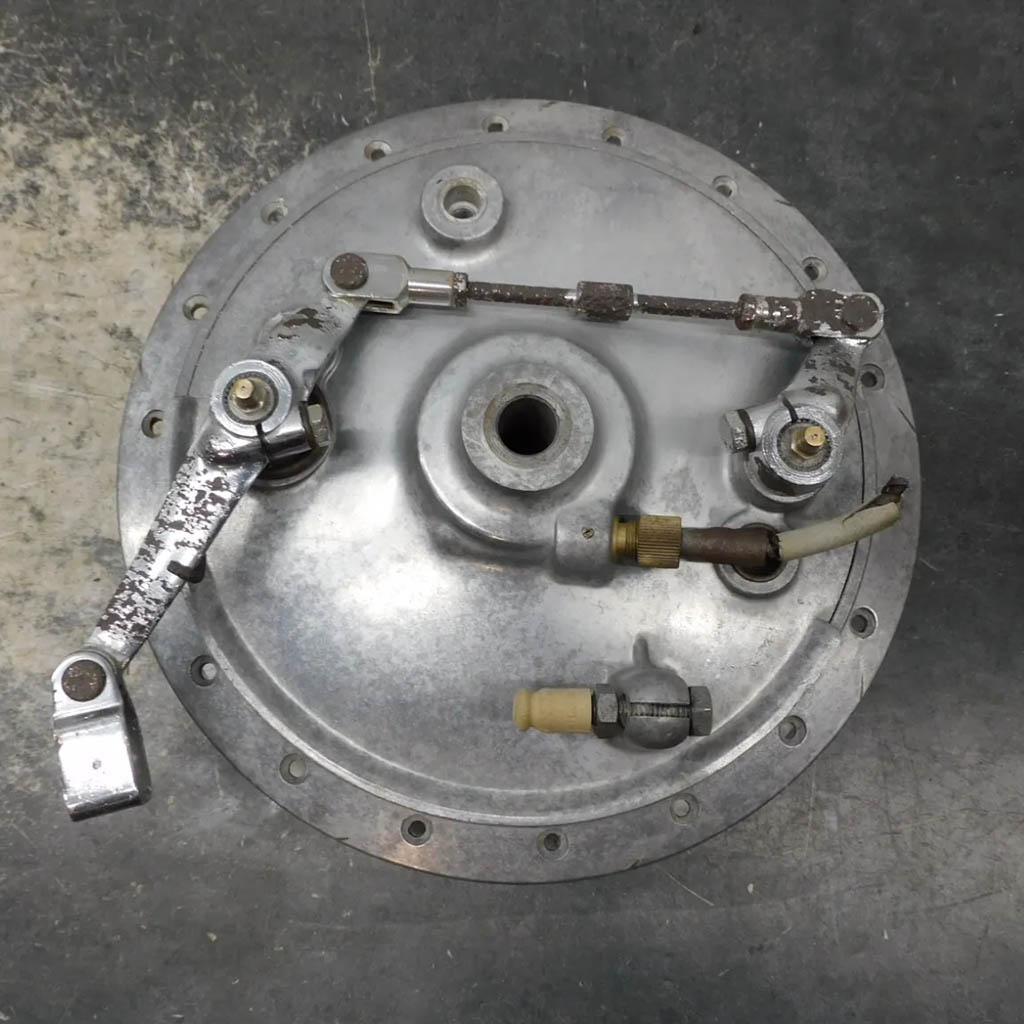I guess the Benelli 250R has officially migrated from “proposed future project” to “yet another concurrent project.” While my other projects are physically inaccessible, I’ve been refining the parameters for this bike.
Steering bearings were one of the big questions to be answered. One of the 2C’s more unusual features is the use of bicycle-style, press-in steering bearing cups. In order to fit the ’82 GPz750 steering stem that I’ve selected from my spare parts cache, a pair custom, pressed-in steering bearing adapters will be required, but since the original cups can be easily tapped out, this can actually be more straightforward than being hamstrung by the constraints of races that must fit bores integral to the frame, the way almost all modern steering stems are designed. I have a lathe, and getting the correct press fit would be the only tricky part of making these.
But what bearings to use?
Now, one of my favorite aspects of kludging together these old, mismatched parts is figuring out what parts are out there and how I can facilitate mating them together. My favorite job ever was working behind a motorcycle department parts counter, and “The Accountant” in me loves to do deep dives into into parts diagrams and spec sheets, ferreting out fortuitous common dimensions.
Online digging revealed that the 2C’s bearing cups were most likely made by Campagnolo and were used on a variety of bikes. (In fact, the original bearings for my Aermacchi frame were identical in size, although not the 2C’s unusual “cup” configuration.) I eventually discovered that Moto Guzzi—corporate sister to Benelli at the time under Alejandro de Tomaso—used press-in bearing cups on early V35 and V50 models. These have the same part number as my Benelli* [39515000].
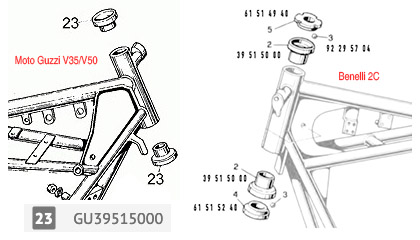
*Well, technically, I am only sure it is the same as a later, disk-brake-equipped 2C, which was the only parts listing I could find online. However, I have a hard time believing that the factory would revise something as fundamental as the steering tube diameter during the 2C’s lifespan, when so much of the bike’s componentry remained the same through the bike’s production run.
Remember the part about having to make custom bearing cups? Owing to the Guzzi V50’s greater popularity, I was confident I was not the first person to want to make this kind of bearing modification. Sure enough, the exact adapter cups I need appear to be available from Guzzipower.com. The kit isn’t cheap (nearly $100 with shipping), but considering the time and raw stock I’d invest in turning my own, I decided to order a set.
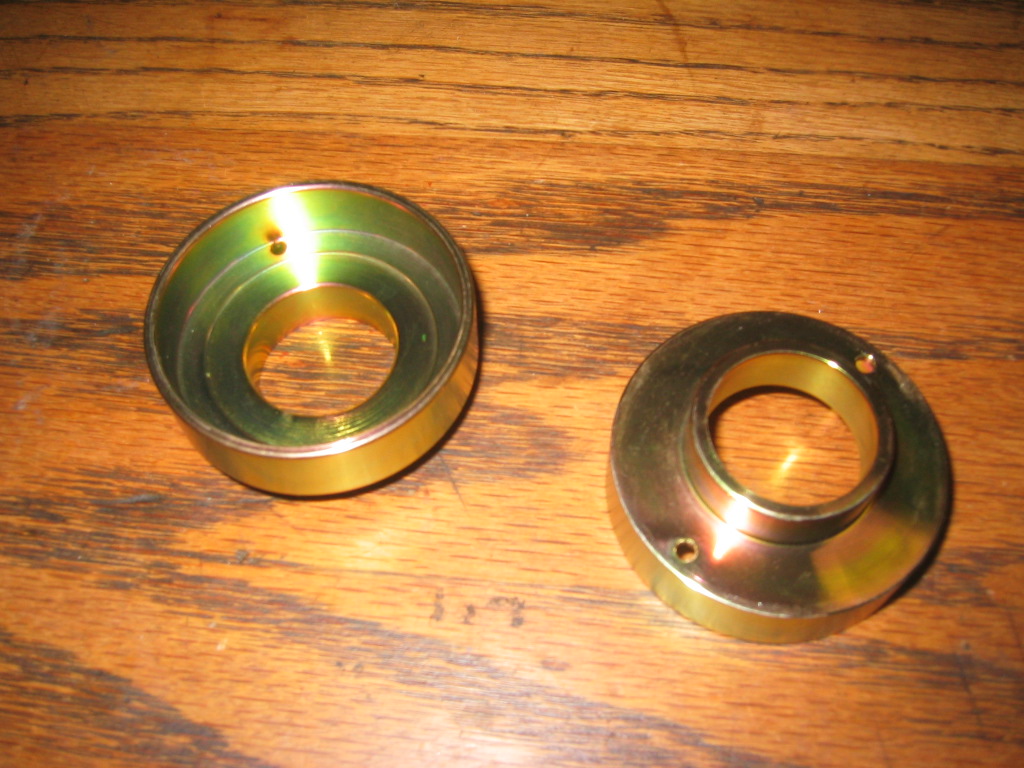
The GuzziPower adapters are designed for No. 30205 bearings, measuring 25x52x16.25mm. The ’82 GPz750 used a 25mm ID upper bearing, so the intended 30205 upper bearing works at the top. At the bottom of the stem, Kawasaki used a 320/28 bearing, with a larger 28mm ID. However, this 320/28 bearing shares the 30205 bearing’s 52mm OD, so the stock Kawasaki bottom bearing will fit. This looks like it just might work! Remarkably, when I went to my box of spare tapered roller bearings, I discovered that I already have brand-new 30205 and 320/28 bearings, on-hand and paid for.
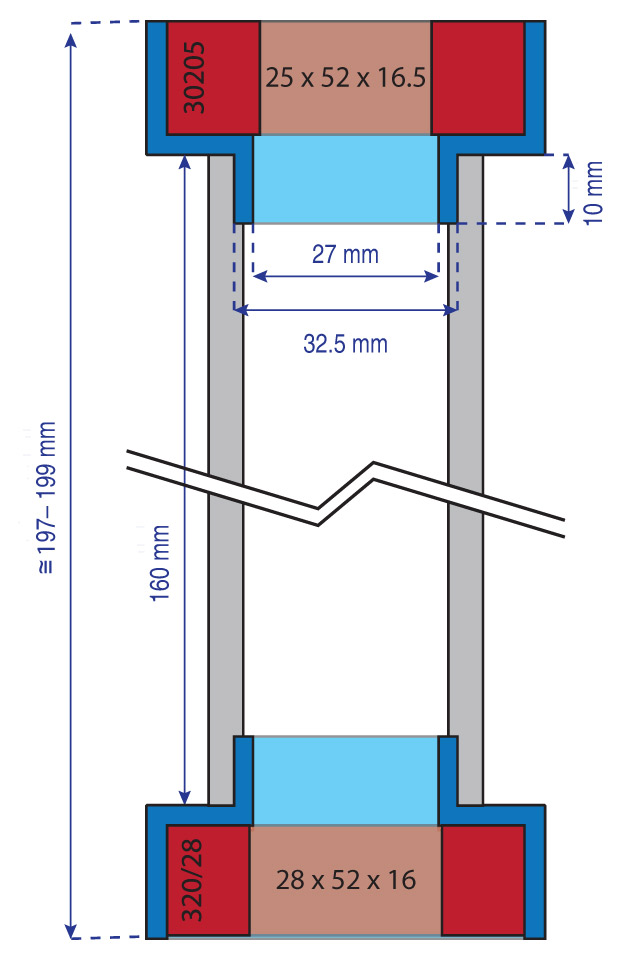
But what about the bearing-to-bearing distance? With the old cups knocked out, the Benelli frame’s head tube is 160mm long. Assuming the thickness of the adapter cups is similar to the original cups—something in the 2.5–3mm range—the distance between the triple clamps ends up just a sliver under 200mm: right at the max the GPz750 steering stem can accommodate. In my bearing box, I also found an unused 320/28 outer race that’s missing its bearing. If the bearing that’s currently pressed on my Kawasaki stem turns out to be in serviceable condition, I won’t even need to go through the hassle of removing it and pressing the new one on.
Theoretically, this could go together without any machine work or custom fabrication. That rarely happens in reality, however, so I am not getting my hopes up too much. Once the cups arrive, they might not fit my early 2C frame. But I can make my own cups if needed. Should the GPz750’s stem end up a touch shy, I will replace it with a slightly longer ZX1000 Ninja stem I have in my possession, similarly to how I replaced Bultakenstein’s GS650L stem with one from a GS500. It’s all do-able. The question now is how much effort will it take.
